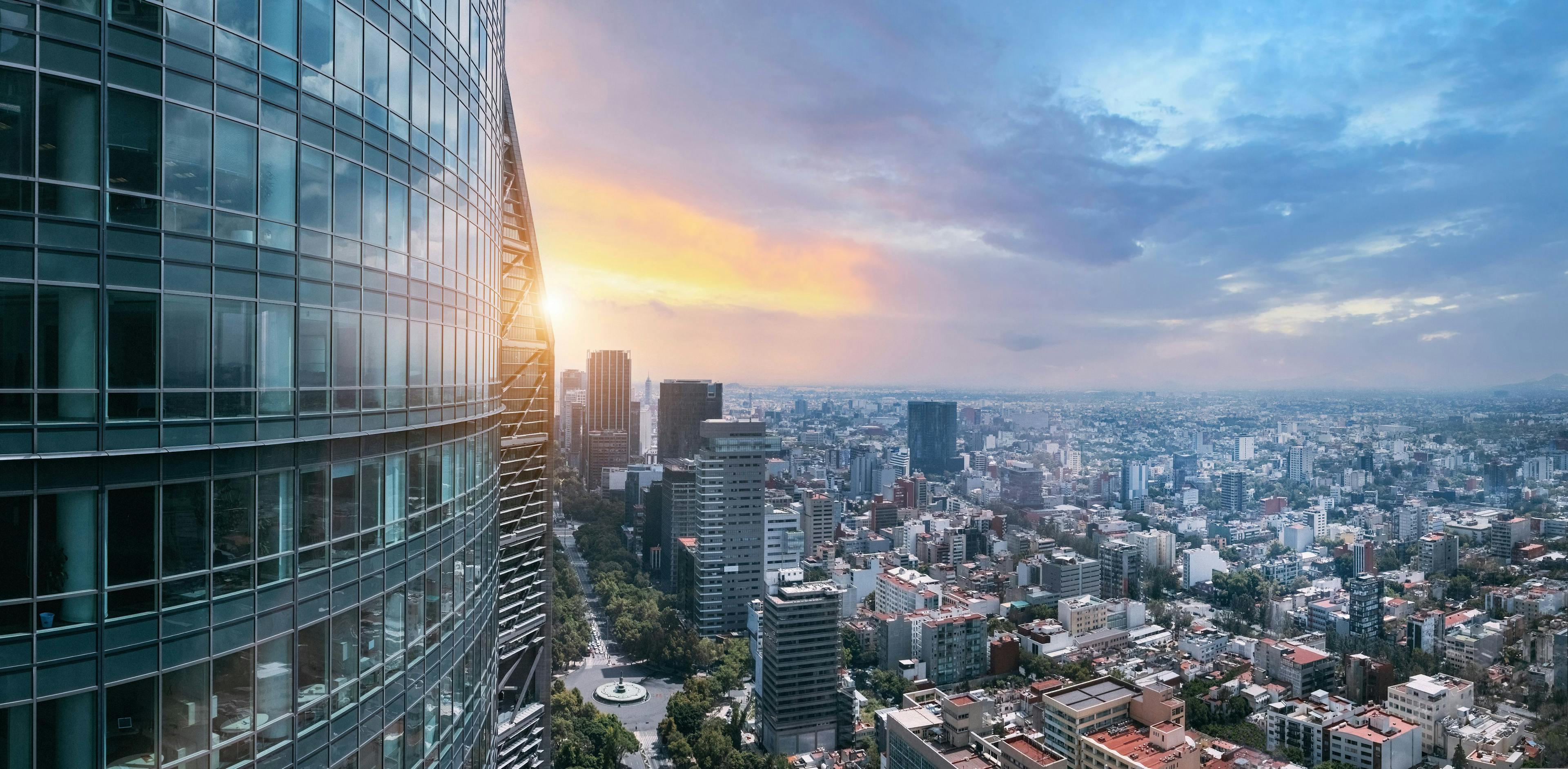With infrastructure in place, Latin America may be primed for a wave of innovation
2024.03.14

Santiago Zavala

Of the many insights shared in our recent 500 Global Rise Report, one that struck me was that Mexico, of the select countries included in the report, would need the most additional venture capital funding of what we call the “Rise 30” countries, $11.9B (as of 2022), to match the relative venture funding levels of the United States. This is in contrast to companies such as New Zealand or Colombia which would need $1.5B and $2.3B, respectively, to match the relative venture funding levels of the US.
We believe there may be significant untapped opportunities in Mexico and the broader LATAM region. A useful metric to identify untapped opportunities could be a metric that we at 500 Global have collated in the Rise Report, called Venture Penetration, which measures a country’s venture funding as a percentage of nominal GDP. We further define the Venture Funding Gap as the delta between the Venture Penetration of that country and the Venture Penetration of the US. The intention is to understand how much additional venture funding a country might need to catch up to the relative venture funding level of the US.
We believe this Venture Funding Gap may not be because Mexico or other countries within what we call the “Rise 30,” including Peru and Colombia, lack innovative talent or aren’t ripe for venture growth. Rather, a comprehensive look at the infrastructure and innovation culture that has taken root over the last decade suggests that LATAM is a largely underpenetrated market poised for potential growth.
Tools, talent, and infrastructure
We believe that investor perceptions have historically been one of LATAM's biggest growth obstacles. The belief that some investors have that the region lacks talent or the tools to support innovation may have made the region less attractive in the past. It’s a potentially costly misapprehension.
In fact, my parents had been working in technology companies in Mexico since the 70’s and 80’s and subsequently, I learned to code early on. We had the fortune of coming to the Bay Area in 2006 and I remember meeting the first or second engineer at Twitter. Spending a lot of time with him, I was quickly amazed by the skill of fellow Latin Americans. The question I asked myself was if we have the same capabilities and the same tools, why aren’t these startups getting built within the LATAM region?
Skeptics could have pointed to the region’s lack of infrastructure in the early 2010s, but we believe this is no longer as relevant. Countries like Mexico have seen some foundational investments in logistics, mobility, payments, and digital health.
When we started investing in LATAM back in 2013, you didn’t see many startups in the region. Not only was it difficult to find someone to teach you the ropes, but the infrastructure to do business online was insufficient for companies and consumers. Many of our first investments were about figuring out how to build that infrastructure. In our first fund, the infrastructure-related investments included sectors like logistics, fintech, and e-commerce.
Startup companies in the region are helping to strengthen LATAM’s digital infrastructure, making it easier for entrepreneurs to set up online businesses and facilitate payments. As the region’s entrepreneurial flywheel gains momentum, the venture community may want to look towards opportunities in the areas where LATAM does best.
Playing to LATAM’s strengths
Many investors are unaware that Latin America is a multi-billion dollar manufacturing powerhouse. A recent research paper from Morgan Stanley notes that “Nearshoring has the potential to boost the growth of Mexican manufacturing exports to the U.S., from $455 billion today to an estimated $609 billion in the next five years.” This is just one of the positive signals for potential areas of opportunity in the region.
There’s a lot of industry, especially in Mexico, that is crucial to the world, specifically the US economy. For example, the largest LEGO factory in the world is in Mexico — it produces one-third of the LEGO bricks for the whole world. The factory is around 2 million square feet in size. Whenever I talk about LATAM, I like to highlight how industrial the region is, even though it may not be the number one thing on investors’ minds.
In addition to its manufacturing potential, the LATAM region has access to high-demand natural resources, including lithium which is used for electric vehicles and other electronic products. Access to critical resources may have the potential to further innovation in the region. And with close proximity to large economies, LATAM nations like Mexico are rapidly becoming crucial links in global supply chains.
Investment is on the rise
From a broader perspective, we believe things are picking up for LATAM. In addition to the burgeoning grassroots entrepreneurial community, high-profile headlines like Argentinian cybersecurity firm Auth0’s $6.5b exit in 2021 are making the region harder to ignore. As a result, investments are expected to accelerate, and SoftBank expects that exits for its LATAM startup investments will begin to increase in 2025.
As more VC dollars flow into the region, we believe that additional sectors — like ecommerce, fintech, and digital health — will continue to flourish, and may further bolster the entire region’s growth potential. It’s something we here at 500 Global are bullish on.
I think a lot of people think investment will slow due to interest rates or other factors, that this will stop. We believe that despite macroeconomic factors, existing investments in the region have already laid the groundwork. We hope to see the initial investments that made the region’s talent become self-reinforcing.
At 500 Global, we believe that a global democratization of technology and corporate innovation may lead to the growth of what we call the Rise Economies. These include 30 of the fastest growing countries like Indonesia, Malaysia, Turkey and Mexico. It’s why we’re so proud to have been early investors in what we believe is shaping up to be a long and prosperous growth arc for the entire LATAM region.
Explore the 500 Global RISE REPORT in which we present new ways of measuring, pacing and understanding the ever-changing world of technology in order to uncover overlooked opportunities and for further context, notes, methodology, and sources regarding the data points cited in this article.





